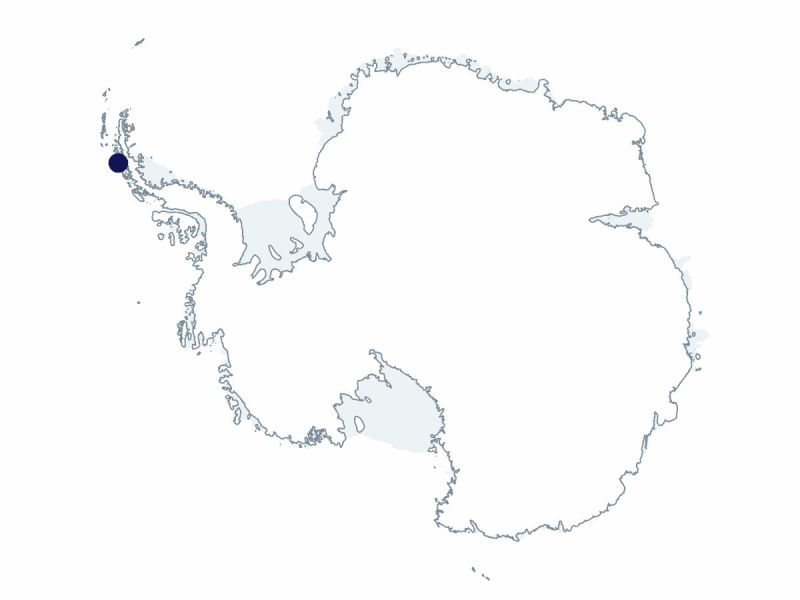2024-2025 USAP Field Season
Project Detail Project TitleCollection of atmospheric air for the NOAA/Global Monitoring Division (GMD) worldwide flask-sampling network Summary
Event Number:
Program Director:
ASC POC/Implementer: Principal Investigator(s)
Dr. Vanda Grubisic
Project Web Site: Location
Supporting Stations: Palmer Station DescriptionThe National Oceanic and Atmospheric Administration (NOAA) Earth System Research Laboratory Global Monitoring Division (ESRL/GMD) team conducts long-term measurements of ultra-violet (UV) radiation and trace gas constituents that influence climate and the ozone layer. The work at Palmer Station is done in conjunction with the ongoing worldwide measurements of carbon dioxide, methane, carbon monoxide, aerosols, water vapor, surface and stratospheric ozone, chlorofluorocarbons, and the ozone layer. Similar work is performed at McMurdo Station and South Pole Station under another event number for administrative convenience. The measurements are used for time-series analysis of multi-year data records that focus on stratospheric ozone depletion, trans-Antarctic transport and deposition, interplay of the trace gases and aerosols with the solar and terrestrial radiation fluxes on the polar plateau, the magnitude of seasonal and temporal variations in greenhouse gases, and the development of polar stratospheric clouds over Antarctica. Other objectives are to determine the rate at which concentrations of these atmospheric constituents change, and to examine their sources, sinks, and budgets. Working with climate modelers and atmospheric chemists, these data are used to determine how the rate of change of these parameters affects climate and serve as inputs and verification for climate models. Field Season OverviewThe Palmer Station research associate (RA) provides year-round support for the UV monitoring instruments. Typically, site visits are needed every two years for one NOAA UV instrument participant. The next maintenance visit for the UV monitoring system is tentatively scheduled for the 2025 season. Additionally, the RA performs Scripps, CCGG and LOGOS air sampling. Samples are shipped back to the United States for analysis. |
2024-2025 Science Planning Summary



For USAP Participants |
For The Public |
For Researchers and EducatorsContact UsU.S. National Science FoundationOffice of Polar Programs Geosciences Directorate 2415 Eisenhower Avenue, Suite W7100 Alexandria, VA 22314 Sign up for the NSF Office of Polar Programs newsletter and events. Feedback Form |



